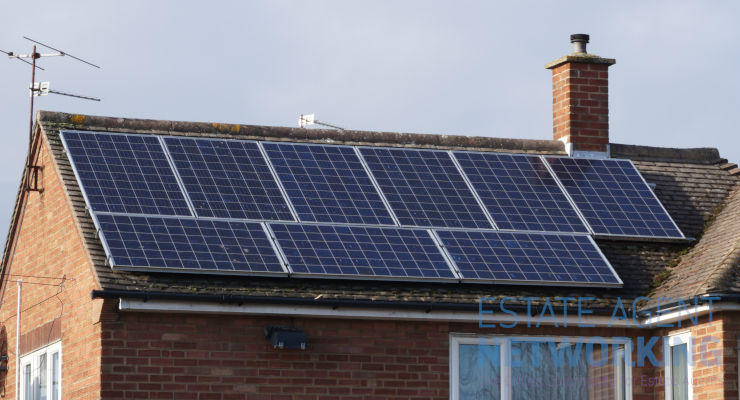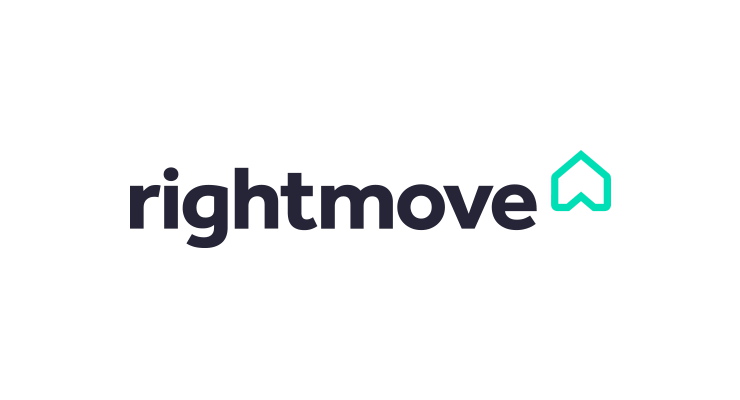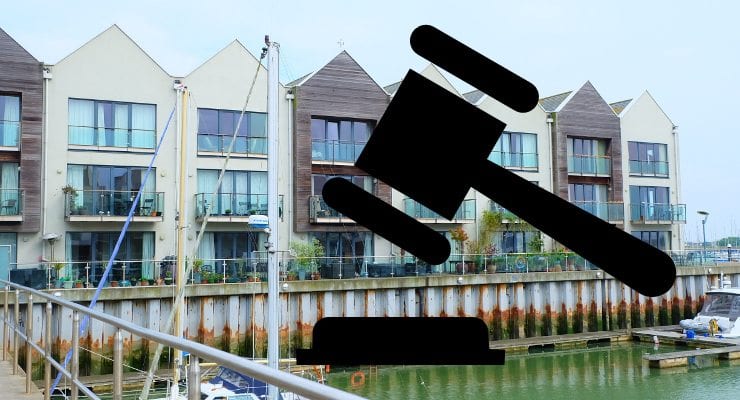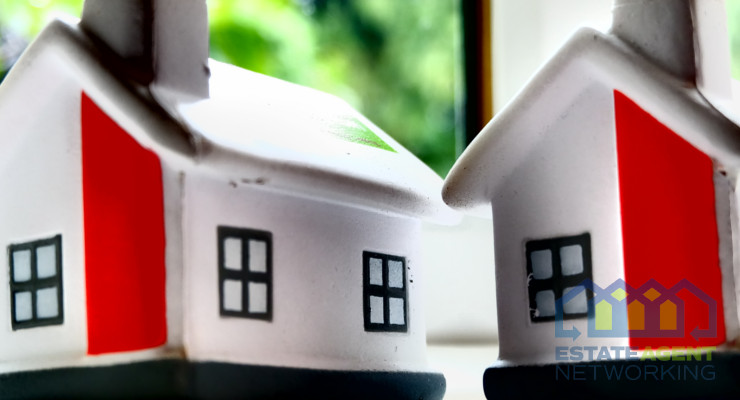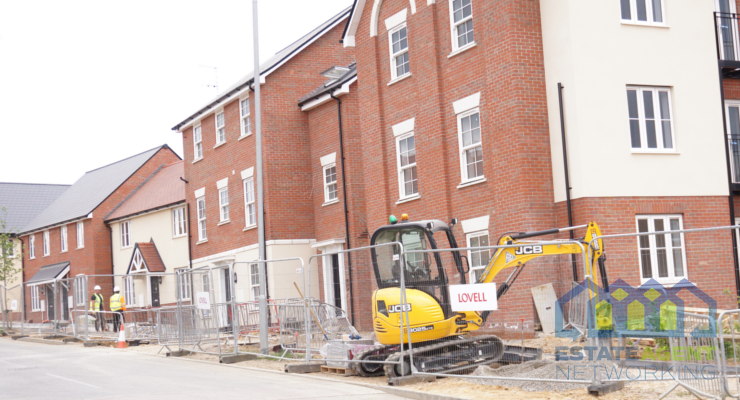Micro Inverters vs String Inverters: Which is the Better Solar Panel Technology for Your Home?
Solar energy has recently become more popular as people look for sustainable and cost-effective ways to power their homes. The inverter is the key part of any solar panel system, converting the direct current (DC) from the panels into the alternating current (AC) we use daily.
There are two main types of inverters: micro inverters and string inverters. Each type has its pros and cons, which can make the choice confusing.
In this article, we will explain the advantages and disadvantages of micro inverters vs string inverters, so you can make an informed decision for your home.
What are Micro Inverters?
Micro inverters are small devices attached to each solar panel. They convert DC power to AC power right at the panel, instead of using one central inverter for the whole system. Here are the pros and cons of micro inverters:
Individual Panel Optimization
The main benefit of micro inverters is that each panel works on its own. If one panel does not work well due to shade or dirt, it does not affect the whole system. With string inverters, if one panel is affected, the entire system’s efficiency drops.
Easy Installation and Maintenance
Micro inverters are plug-and-play devices, making them easier to install and maintain compared to string inverters. They also come with a longer warranty period, usually 25 years, which gives homeowners peace of mind.
Improved Performance in Shaded Conditions
Micro inverters let each panel work at its best, even in some shade. String inverters only do as well as the weakest panel, which can hurt the system’s total efficiency.
Easier Expansion
Since each panel has its own inverter, it is easier to expand a system with micro inverters. You can add more panels without worrying about the capacity of the central inverter, which may need to be replaced when expanding a string inverter system.
Enhanced Monitoring and Troubleshooting
With micro inverters, you can monitor the performance of each panel individually. This makes it easier to identify any issues and troubleshoot them without affecting the whole system.
Safety
Micro inverters convert DC power to AC power in small increments, making them safer compared to string inverters that may have high-voltage DC electricity running through them.
Higher Cost
The biggest disadvantage of micro inverters is their higher cost. Since each panel needs its inverter, the upfront installation cost of a solar system with micro inverters will be higher than using string inverters.
Potential for More Points of Failure
With micro inverters, there is a higher chance of having multiple points of failure since each panel has its inverter. If one fails, it can affect the performance of the whole system.
Complexity
Micro inverters have more components and wiring, which can make the system more complex. This may require a professional installer to ensure proper installation and maintenance.
What are String Inverters?
String inverters are larger devices that convert DC power from multiple panels into AC power at one centralized location. Here are the pros and cons of string inverters:
Lower Cost
String inverters are more affordable compared to micro inverters. They have a lower upfront cost, making them a popular choice for homeowners on a budget.
Simpler System Design
With string inverters, there is less complexity in the system design and installation since all panels are connected to one central inverter.
Proven Technology
String inverters have been used for a long time and are a well-established technology in the solar industry. This demonstrates how string inverters optimize solar panel performance in straightforward installations with minimal shading.
Performance Affected by Shading
As mentioned earlier, if one panel is affected by shade, the whole system’s efficiency can suffer. This can be a significant drawback for string inverters in areas with frequent shading.
Limitations on Expansion
Since string inverters have a maximum capacity, adding more panels to an existing system may require replacing the central inverter. This can add to the overall cost of expanding the system.
Difficult Monitoring and Troubleshooting
Since all panels are connected to one central inverter, it can be challenging to pinpoint any issues or troubleshoot individual panels. This may require shutting down the whole system for maintenance.
Micro Inverters vs String Inverters: Which is the Better Option?
Ultimately, the choice between micro inverters vs string inverters comes down to the following factors:
Roof Complexity and Shading
If your roof has complex angles and shading, micro inverters may be the better option as they can optimize each panel’s performance individually. If your roof is relatively simple and does not face frequent shading, string inverters may work just as well.
Budget
Micro inverters have a higher upfront cost, but they may save you money in the long run with their panel optimization and longer warranty period. If budget is a significant concern, string inverters may be the better choice.
Expansion Plans
If you plan on expanding your solar system in the future, micro inverters may be a more flexible option as they do not have a maximum capacity. With string inverters, you may need to replace the central inverter when expanding.
Safety Concerns
If safety is a top priority for you, micro inverters may be the better option as they operate at lower voltages compared to string inverters. This can reduce the risk of electrical hazards.
Monitoring and Maintenance Preferences
If you prefer easy monitoring and maintenance, microinverters may be the better choice as they allow for individual panel monitoring and easier troubleshooting. If you are comfortable with a more hands-off approach, string inverters may suffice.
Choose the Right Inverter with this Guide
Choosing between micro inverters vs string inverters for your home can be tough. Consider the factors mentioned above and consult with a professional installer to find the best option for your needs. Both types have their pros and cons, so it comes down to what works best for your home and budget.
Investing in solar energy is a smart choice for both the environment and your wallet. Don’t hesitate to move towards a greener future with solar power and the right inverter. Happy solar panel hunting!
Is this article helpful? Keep reading our blog for more.



